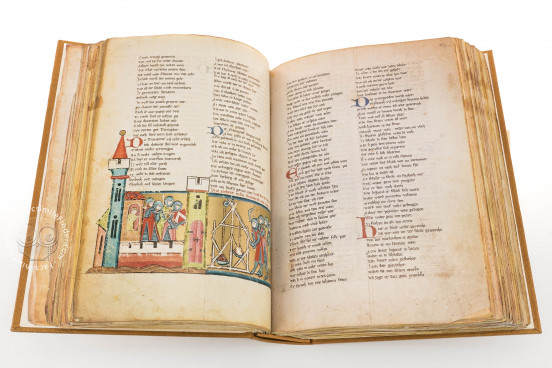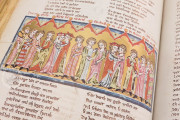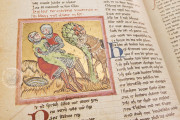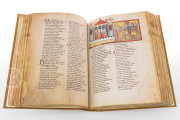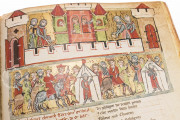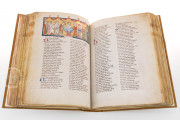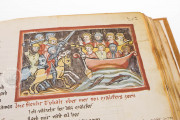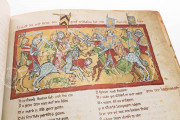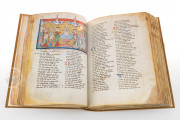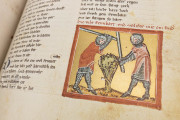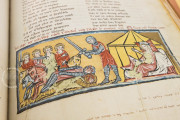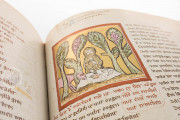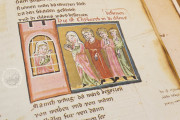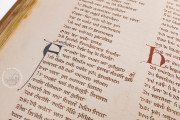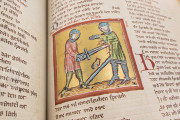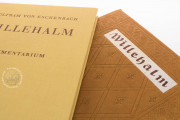In the early thirteenth century, the Middle High German poet Wolfram von Eschenbach (1170-1220) wrote one of the most famous medieval court epic, entitled Willehalm. The author of Parzival, Wolfram was a knight and a renowned poet, considered one of the greatest epic poets of his time.
Willehalm: The Medieval Knightly Model
Wolfram based his poem on a twelfth-century French chanson de geste. He wrote the story of Guillaume of Orange and how he defeated the Saracens at the battle of Aliscans. The focus of the poem is Willehalm's love for Girbuc, a Saracen woman converted to Christianity.
Wolfram von Eschenbach investigated the tragic events following her conversion. A religious war started out because of Giburc's relatives desire of revenge. The poem explores themes of battles, loss of heroes, cruelty, and fights. Wolfram, however, found ways to introduce new points of view in the crusaders' theme of the war against the infidels. Indeed, he takes distance from the traditional contemporary understanding of the fight against pagans as something dictated by the celestial realm: he considered pagans and Christians on the same level.
More than One Hundred Miniatures for a Medieval Epic Poem
This manuscript containing the text of Willehalm is probably the finest exemplar among the codices featuring the poem, its exuberant decoration including about 117 miniatures. The illuminations are organized in horizontal scenes that interrupt the continuity of the text.
The pictures illustrate and enliven the events described in the poem. The world of the courtly love is illustrated here with a large number of miniatures of medieval life. The manuscript displays fascinating illuminations of court, love, and knights in vivid picture strips rendered in gold and bright colors.
We have 1 facsimile edition of the manuscript "The Willehalm": Wolfram von Eschenbach: Willehalm facsimile edition, published by Akademische Druck- u. Verlagsanstalt (ADEVA), 1974
Request Info / Price
